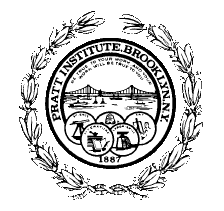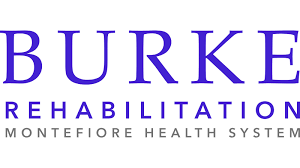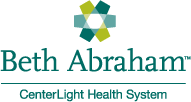Myth: We are born with a definitive number of neurons, or brain cells, which will eventually begin to degenerate as we age. Fact: Our bodies can actually increase the number of neurons as well as strengthen the connections between them which, in turn, affects cognition.
Researchers have long suspected that aging people who challenge themselves and continue to stimulate their brains could maintain cognitive development that might otherwise degenerate. In fact, recent findings now provide actual neurotheory to support these suspicions, according to neurophysiologist Arianna Maffei, assistant professor in the department of neurobiology and behavior at Stony Brook University.
New research shows that contrary to prior theories, brain cells do not die as we age; rather, the connections, or synapses, between cells break, disabling communication and causing the brain to shrink. Ultimately, researchers and scientists hope to discover ways to fix or delay the disintegration of synapses, preventing Parkinson’s and Alzheimer’sdisease, and dementia.
Just the beginning
“The link is still hard to draw,” Maffei said, noting the mechanisms necessary to prevent degeneration, such as sleep, estrogen replacement and socialization, have not yet been determined. Recent studies, however, show exercise can help the body create new neurons that can be integrated into the circuit, improving cognitive and memory capacity, Maffei said. Additional findings show reducing caloric intake is good for neurons and may slow degeneration, she added.
“Everything is connected to everything – the sensory system and metabolism, neurons require nutrients,” Maffei said. “There is no distinction between a subject and its environment in terms of preserving cognitive function.”
Licensed creative arts therapist Dr. Linda Levine-Madori, of Chappaqua, N.Y., is an Alzheimer’s specialist and author of Therapeutic Thematic Arts Programming for Older Adults – The TTAP Method. In response to neurological discoveries over the past decade, proving the brain has the ability to grow when stimulated, Levine-Madori developed TTAP, a nine-step, theme-centered approach to the therapeutic use of programming such as music, painting, movement, poetry, writing, sculpture and photography.
“What’s intriguing and fundamental to this new concept is that when we feel pleasure, stimulation, or have a good time, that emotion is stimulating brain cells to be created,” Levine-Madori said. “The reason the TTAP Method and art enhances cognition is because a person is using the right or left side of their brain and getting pleasure from the experience. So, the more we use our emotions, the better our brains function.”
Levine-Madori received an educational grant from the New York State Office of Aging to conduct six regional certification trainings on the TTAP Method last year. While it is not uncommon for long-term care facilities to provide its residents with music and art therapy, Levine-Madori said TTAP is different from other art activities in that all programs throughout the day are linked together. “It systematizes the approach, giving therapists structure for providing programming and enhancing staff interactions,” she said.
For instance, a facility trained in the TTAP Method might incorporate “vacation” as the theme of the day. In turn, all staff members, from therapists and social workers to nurses and maintenance workers, could incorporate some form of “vacation” in their conversations with each other, as well as with the residents, throughout the day.
“Communicating using themes enhances emotion,” Levine-Madori said.
“If we continue to use emotionality in programming with our health care professionals, the country could save trillions of dollars in health care costs,” she said. “Pharmaceutical companies have been given trillions of dollars to come up with a cure for Alzheimer’s and they are not coming up with anything. The arts are powerful. If we keep people stimulated during the day, they won’t be bored or aggressive – they will be happier and healthier. And that translates into huge savings that this country needs.
Never stop learning
At the Long Island State Veterans Home in Stony Brook, Lee grace Cannella, director of therapeutic recreation, said physical, cognitive and social activity are all tied together. Helping residents feel happy enables them to want to participate in the activities that will stimulate their brain function, she said.
Residents are encouraged to continually learn new skills through an adult education program, as well as cognitive activities including trivia, puzzles and card games. Cannella said technology is promoted through the use of a computer lab and adaptive technology equipment which challenges residents, enabling them to email and Skype with relatives and friends. In addition, as part of its music therapy program, residents are provided with customized iPods pre-loaded with music they enjoyed during the course of their lives.
Today, Maffei said she and other researchers are studying how physiology differs between the young and old brain. In a young brain, the goal is to form as many connections as possible so the brain develops and becomes larger in volume, she said. In the later stage, with an older brain, the hope is to preserve whatever connections have been made without losing them.
New evidence, she said, suggests some of the mechanisms going on in young brains are still going on in old brains, only slower. For instance, an older person can learn a second language, even though it may be harder and take longer than it would have years before.
“You may have to repeat a sentence more times than when you were younger, but you can still learn it,” she said, noting the ability to strengthen or weaken the connections in the brain is ongoing in adults, if the right approach is taken.









